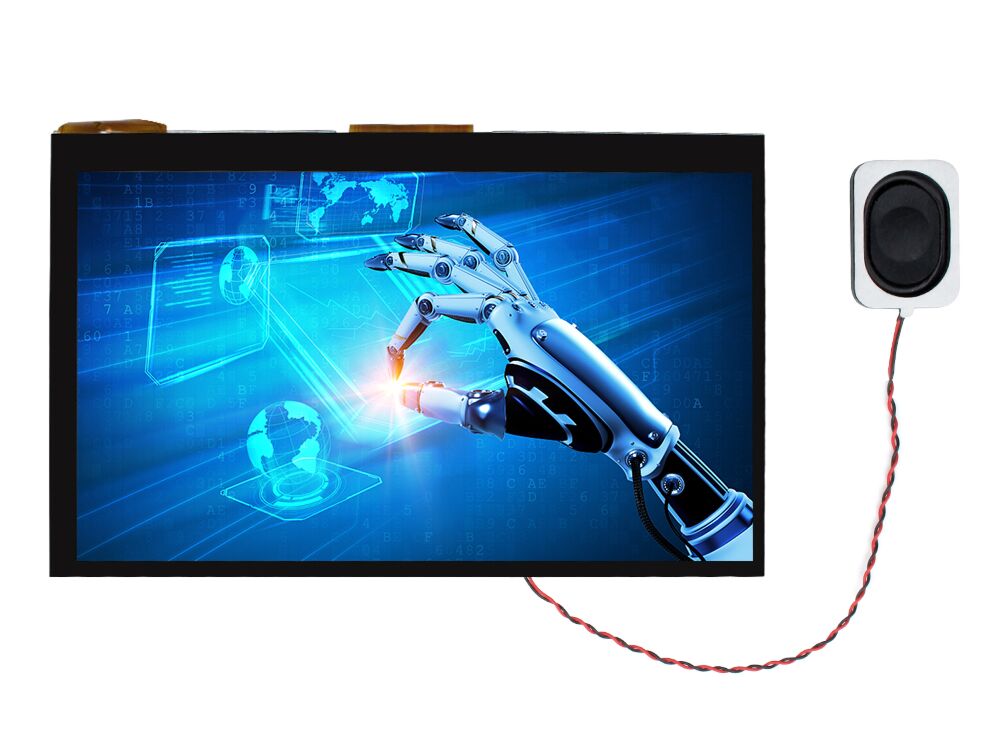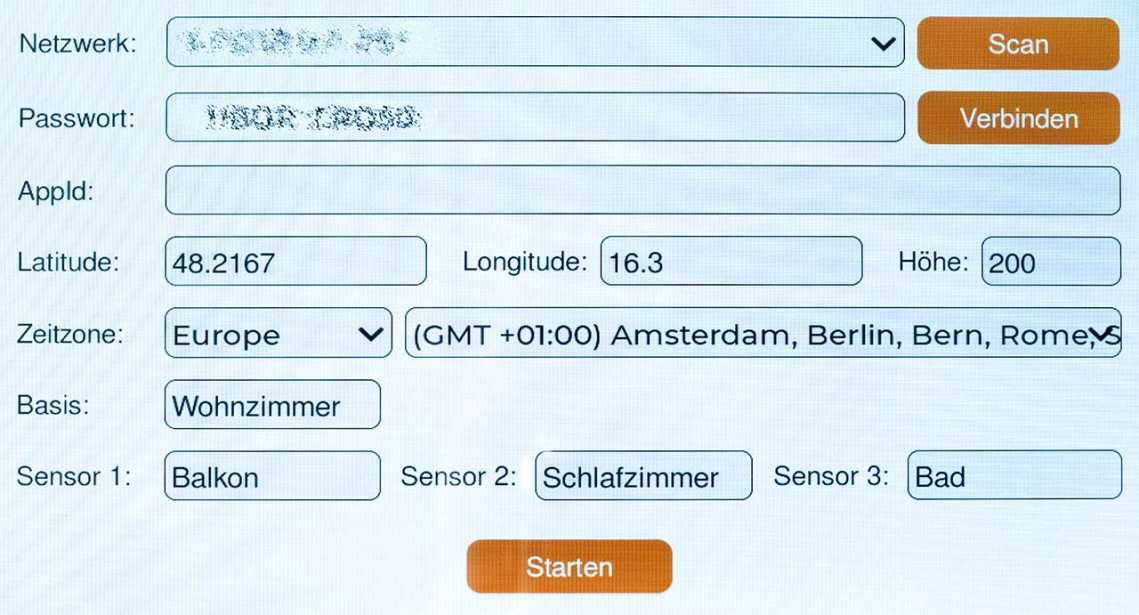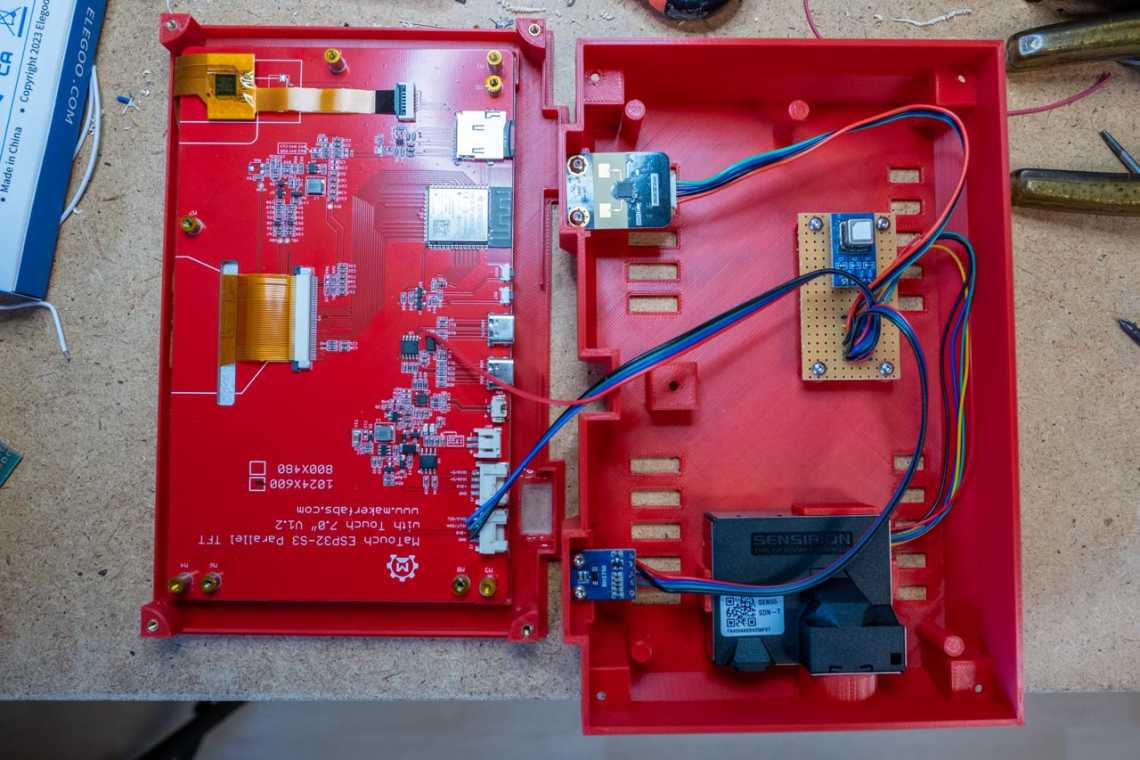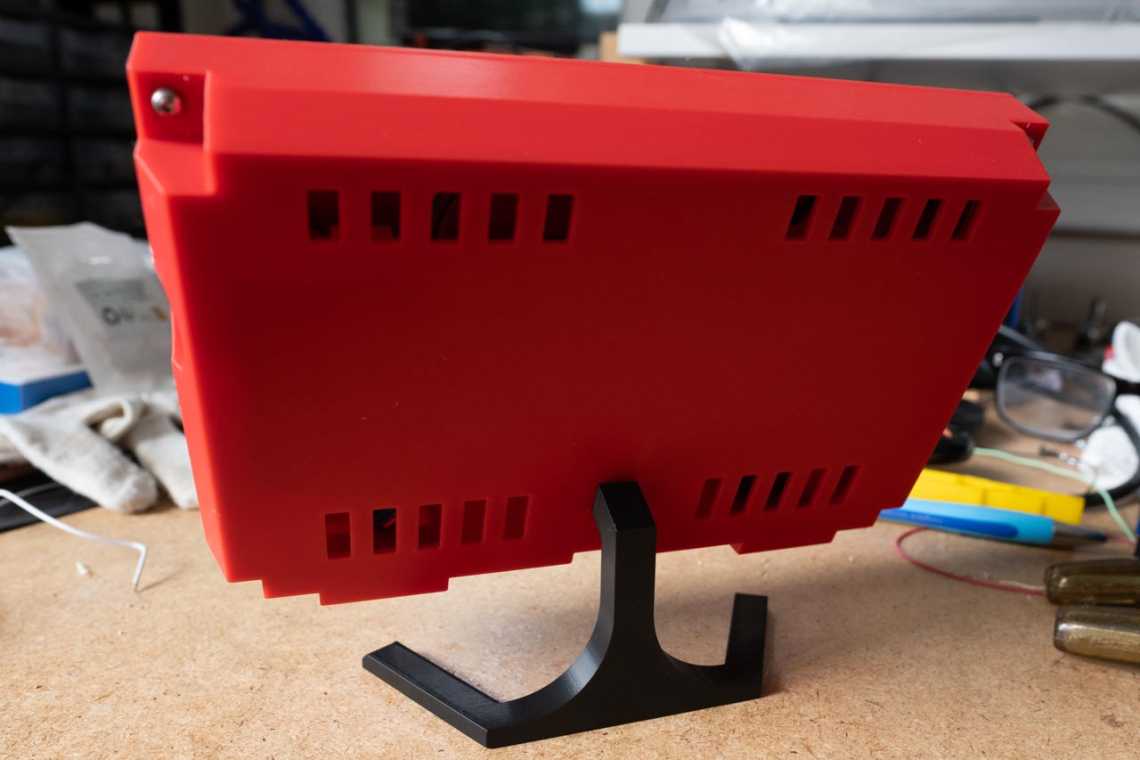
Project review: An ESP32 weather station based on Matouch 7' Display

As a company specialising in open hardware design and production, Makerfabs assist over 100 customers and startups in transforming their designs into tangible products annually. Our services encompass PCBA production, product assembly, testing, and even drop shipping, and we pride ourselves on providing excellent customer service.
We have recently welcomed an innovative custom project, an ESP32 weather station 2.0 based on our Matouch 7' display with wireless sensors, an Open-Meteo API, an IPS display, a mmWave radar, a particulate matter sensor and additional features, created by Harald Kreuzer.

The ESP32 weather station 2.0 is an updated veision of the ESP32 Weather Station 1.0 , which is an ESP32 Weather Station with Weather Forecast, Wireless Sensors and Air Quality Measurement, then the ESP32 weather station 2.0 has wireless sensors, Open-Meteo API, IPS display, mmWave radar, particulate matter sensor and much more.
The list of features:
- Base station with ESP32-S3 and 7-inch IPS display.
- Setup screen for configuring the weather station.
- Wireless sensors based on ESP32. There are three possible sensor variants.
- Battery of the wireless sensors is charged via solar cells.
- Very low power consumption of the wireless sensors thanks to deep-sleep mode and ESP-NOW protocol.
- Depending on the wireless sensor, 4 or 8 sensors can be configured using a DIP switch.
- Wireless sensors connect to the base station fully automatically.
- Each wireless sensor measures temperature, humidity and air pressure.
- The base station provides temperature, humidity, VOC index, particulate matter, NOx and CO2 content.
- Detailed weather forecast via the Open-Meteo API for the next 48 hours or 7 days.
- The display automatically adjusts to the brightness of the surroundings.
- If nobody is near the weather station, the display is automatically dimmed.
- Housing from the 3D printer, so that the weather station is also suitable for the living room.
Structure of the weather station
The weather station consists of two central components. The base station with the display for showing all the data and the sensors that regularly send the values for temperature, humidity, and air pressure. Additionally, environmental sensors are located within the base station to measure air quality. The following diagram illustrates the structure and demonstrates how the components communicate with each other:

Display with IPS panel
Harald Kreuzer states that the impetus for developing the new version of the weather station originated from our Matouch 7 display. He expresses enthusiasm about the 1024x600 pixel version and asserts that he had not identified any other 7-inch display on the market that incorporates the ESP32-S3 and IPS panel.


He soldered the 5 volts to the Schottky diode on the side that is connected to the USB plug, i.e. the anode. Here you really have 5 volts available. In the circuit diagram from Makerfabs you can see a solder pad, but this is connected to the cathode of the Schottky diode.
Switching from the Arduino Framework to ESP-IDF
In this instance, Harald utilised the ESP-IDF framework. The rationale behind this decision was to utilise the most recent features for driving parallel displays from the Espressif API. Consequently, he also undertook a comprehensive rewrite of the remaining software. Ultimately, the Arduino framework merely accesses functions from the ESP-IDF framework. In parallel, he had to develop a corresponding driver for the mmWave radar module and the light sensor, given the lack of Arduino libraries for these. The following diagram illustrates the structure of the software:

The layout of the LVGL screens was again largely created with SquareLine Studio which Our Matouch-Series products are now fully supported. You can check on our wiki.
Setup screen for setting all variable values
The setup screen as follows:

In addition to the above, the station also uses the free Open-Meteo API instead of the OpenWeather API, a 24 GHz mmWave radar human presence sensor, and an improved light sensor with I2C interface, making it even more useful.
Assembling the weather station
The following pictures show the assembly of the weather station. The CO2 sensor and the cables to the other sensors are soldered onto a small strip grid board.


The weather station is now fully assembled.
In this project, we primarily provide a Matouch 7 display, which is supported by Makerfabs' extensive research and development experience with the Matouch series and other products. This experience has demonstrated that the Matouch is well-suited to meet the needs of creators engaged in self-development projects. Makerfabs good service& quality made us creating good cooperation.
(More details on this project can be found at Harald Kreuzer's website: https://www.haraldkreuzer.net/en/news/esp32-weather-station-20-radio-sensors-open-meteo-api-ips-display-mmwave-radar-fine-dust-sensor-and-much-more)



 Previous
Previous 



